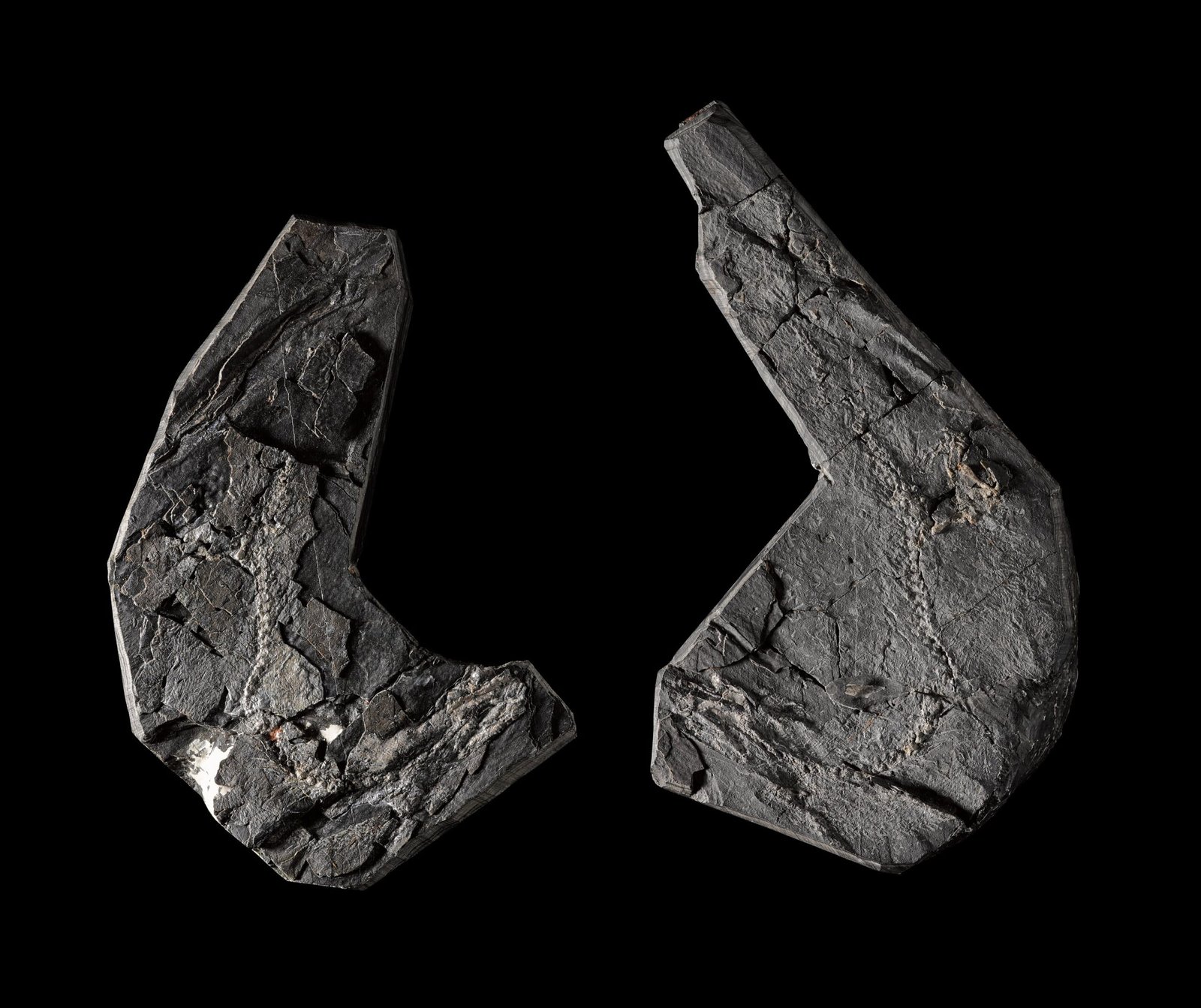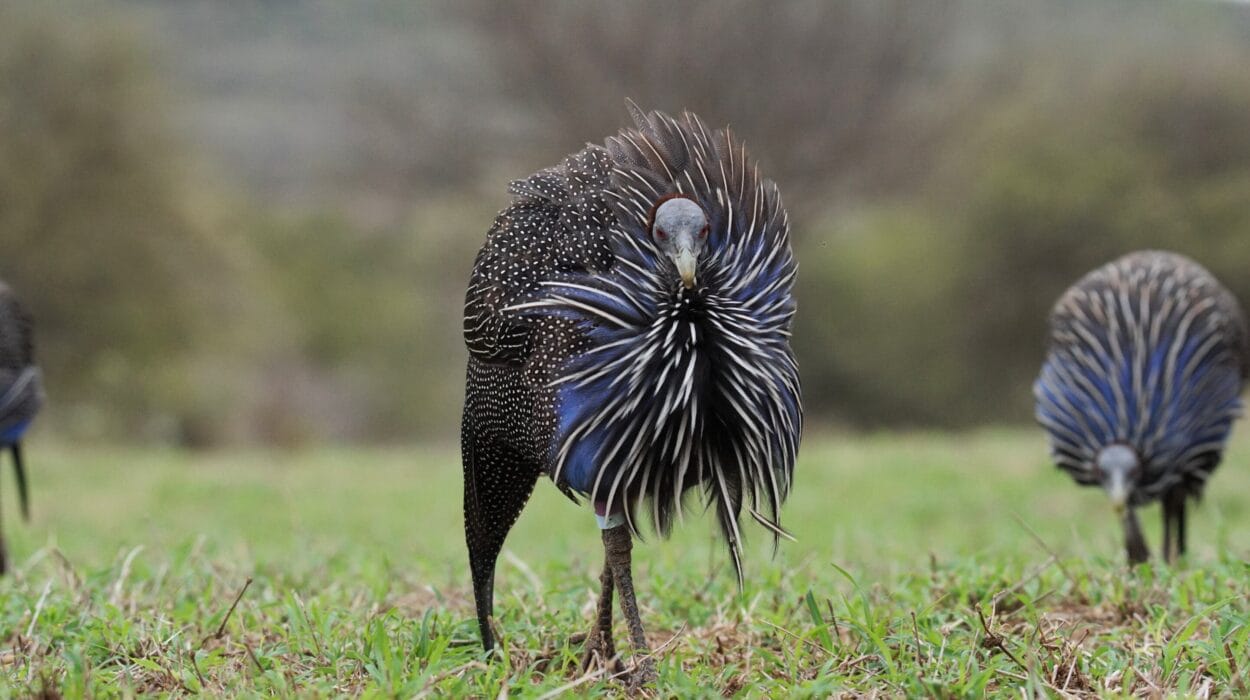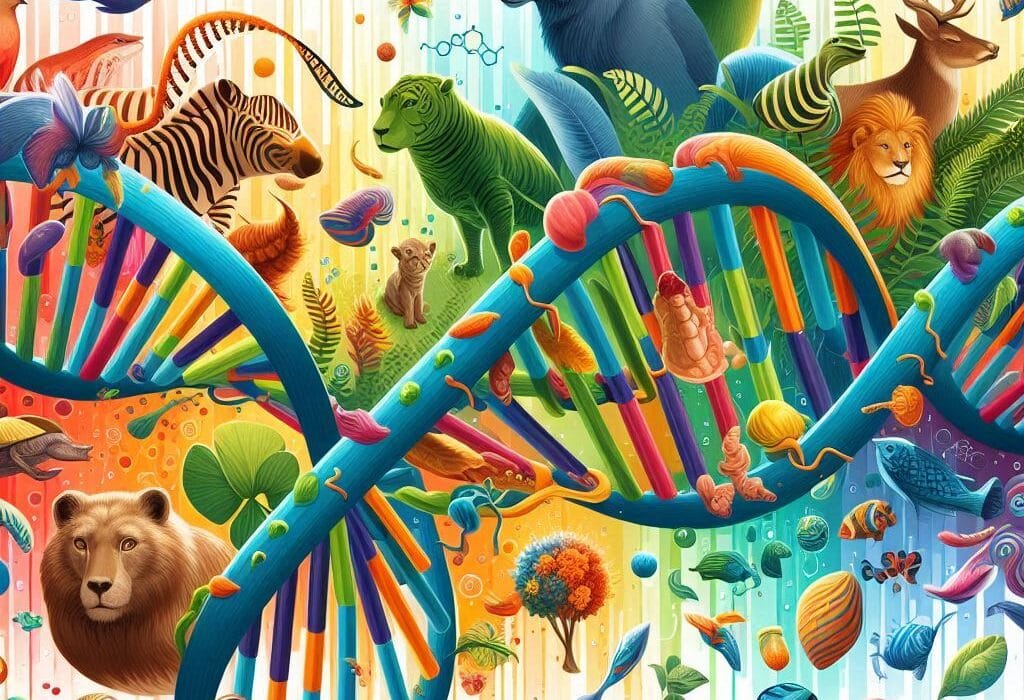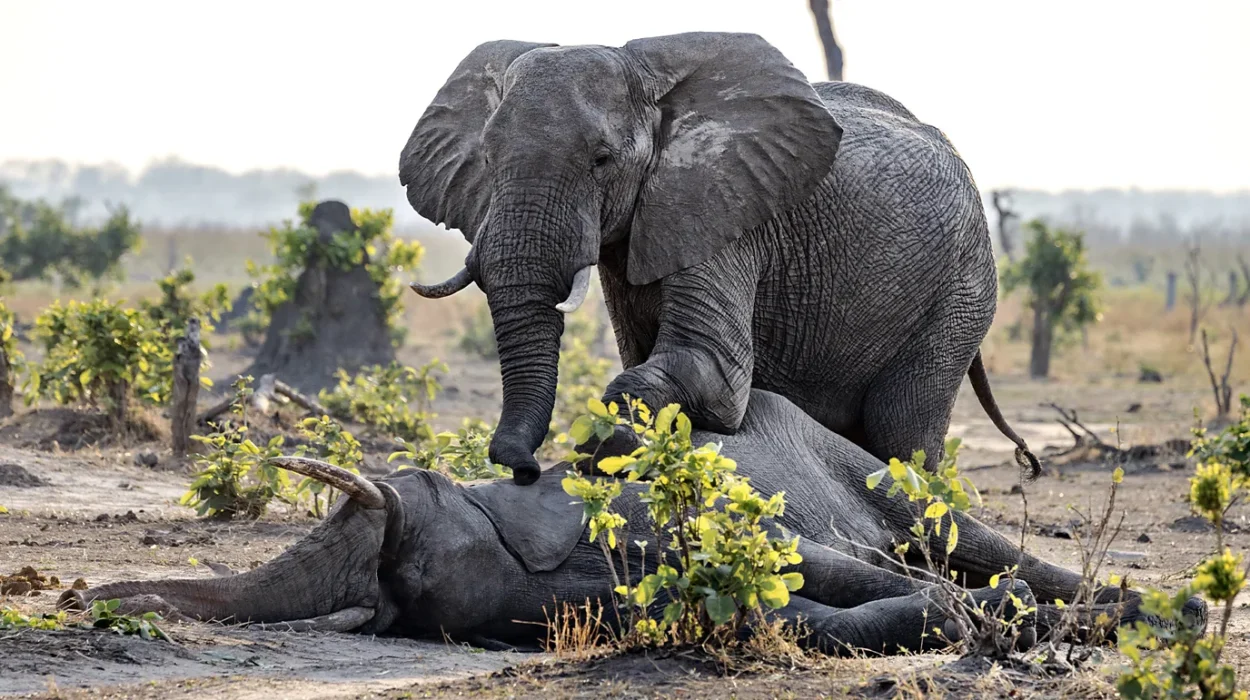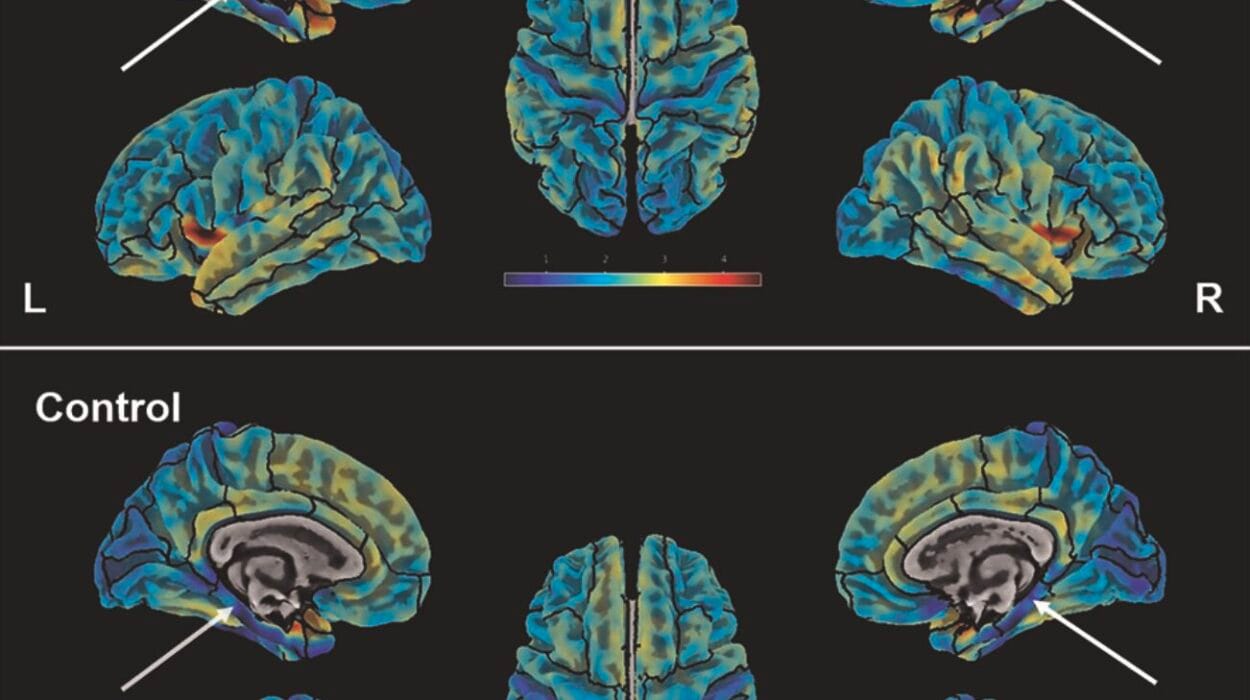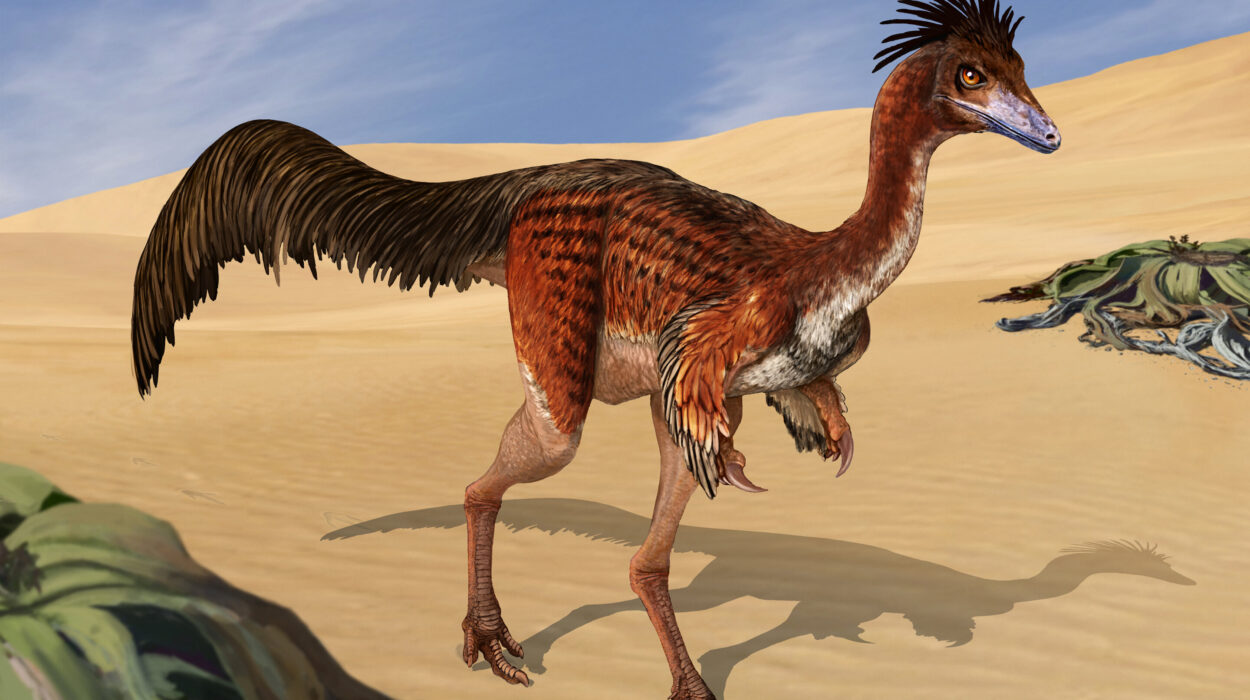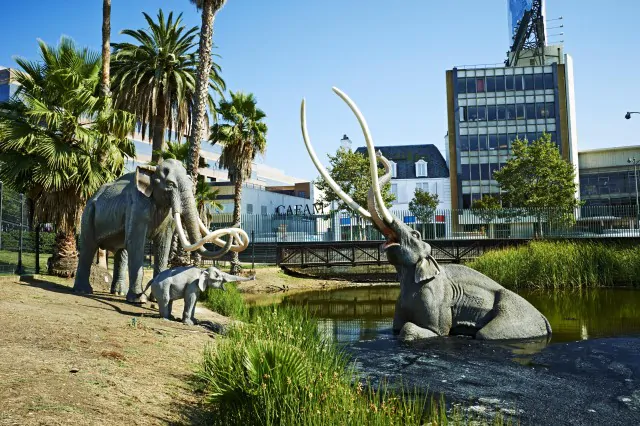In 1984, on a quiet day in West Lothian, Scotland, an amateur fossil hunter named Stan Wood stumbled upon something that would change the evolutionary narrative of life on Earth. What he unearthed seemed unassuming: a 20-centimeter creature fossilized in stone, reminiscent of a small salamander. But over time, paleontologists would come to realize that this fragile imprint was not just any ancient animal—it was Westlothiana lizziae, one of the earliest known tetrapods to crawl from the waters of Earth onto dry land.
Its small, reptile-like body belied the magnitude of its evolutionary importance. Westlothiana, and the other tetrapod relatives it kept company with in the fossil-rich East Kirkton Quarry, represent a turning point in vertebrate history—the moment when fish-like creatures sprouted legs, took their first breath of open air, and began the long march that would culminate in mammals, birds, reptiles, amphibians, and eventually, us.
For decades, Westlothiana sat in museum drawers and academic papers, honored but misunderstood. Most significantly, no one knew exactly how old it was. Paleontologists estimated it to be roughly 331 million years old, aligning it with other early tetrapod finds. But that estimate had always been based on comparisons, not direct measurements.
Now, new research has rewritten the timeline. Led by University of Texas at Austin doctoral graduate Hector Garza, a bold geochemical investigation has revealed that the rocks encasing Westlothiana are not 331 million years old—but potentially 346 million years old. That seemingly modest 14-million-year difference places these fossils squarely within a mysterious and critical evolutionary blackout zone known as Romer’s Gap.
Romer’s Gap: The Evolutionary Blind Spot
Named after American paleontologist Alfred Romer, Romer’s Gap refers to a 15-million-year hole in the fossil record between 360 and 345 million years ago. It is one of the most tantalizing voids in evolutionary history. On one side of the gap are aquatic lobe-finned fish, just beginning to experiment with limb-like fins. On the other side, terrestrial animals with defined limbs, lungs, and the first hints of land-based biology appear in greater numbers.
What happened during this evolutionary twilight? Why is the fossil record so sparse during such a pivotal moment in the transition from water to land? Some have hypothesized that oxygen levels dipped to dangerously low levels, making terrestrial life difficult. Others suggest that the fossils are simply hiding, waiting to be discovered in unexplored rock formations. Until now, much of the discussion was speculation, hampered by the lack of fossils securely dated to this critical period.
But Westlothiana lizziae, now conclusively placed within Romer’s Gap, challenges those assumptions. It suggests that early land vertebrates were indeed present, evolving, and perhaps even thriving—just not fossilized in the right conditions, or not yet found by paleontologists.
“This changes our understanding of the pace and geography of early tetrapod evolution,” says Dr. Julia Clarke, co-author of the study and professor of Earth and Planetary Sciences at UT Austin. “Better constraining the age of these fossils helps us understand the tempo of life’s transition to land. And timing, in evolution, is everything.”
The Gamble in the Rock: Hector Garza’s Scientific Risk
Hector Garza didn’t set out to overturn evolutionary timelines. He was, by his own account, just trying to solve a stubborn geological riddle. The East Kirkton Quarry—the fossil site in question—is located in a region of ancient volcanic activity. The fossils were embedded in sediment that had accumulated around a toxic crater lake flanked by basalt flows and volcanic debris. The setting was dramatic, but scientifically frustrating.
To determine the absolute age of rocks, geologists often rely on zircon crystals—tiny, hardy minerals that form during volcanic eruptions and are excellent timekeepers thanks to their uranium-lead isotopic clocks. But basalt, the type of rock found near East Kirkton, typically does not contain zircons. The odds were stacked against Garza.
“I was told not to bother,” Garza says. “Colleagues warned me it was a waste of time—that even if I did all the prep work, there was a good chance I’d find nothing.”
But Garza saw a possibility that others had overlooked. While the basalt flows themselves lacked zircons, the landscape had been eroding during the time of deposition. As volcanic mudslides and debris flows churned through the environment, they likely swept up zircon-rich sediments from older formations. These ancient grains, Garza theorized, could have washed into the lake and settled in the same sedimentary layers as the tetrapods.
He was right. After carefully X-raying 11 rock samples surrounding the fossils, Garza found zircon crystals in six of them. Using uranium-lead dating with laser ablation mass spectrometry at the University of Houston, he determined their ages to be no younger than 346 million years.
The find was not only scientifically monumental—it was vindicating. Against the odds, Garza’s gamble had paid off.
Into the Primeval Forest: Scotland’s Forgotten Tropics
To understand the world that Westlothiana lizziae once inhabited, one must travel back 346 million years to a version of Scotland that was unrecognizably exotic. Instead of cool rain and rolling moors, the region was a hot, humid equatorial forest, teeming with primitive ferns, giant horsetails, and towering lycopods. Volcanoes rumbled in the distance. The lakes were often acidic, sometimes anoxic—poisonous to many forms of life, but a paradise for extremophiles and the pioneering tetrapods that braved its shores.
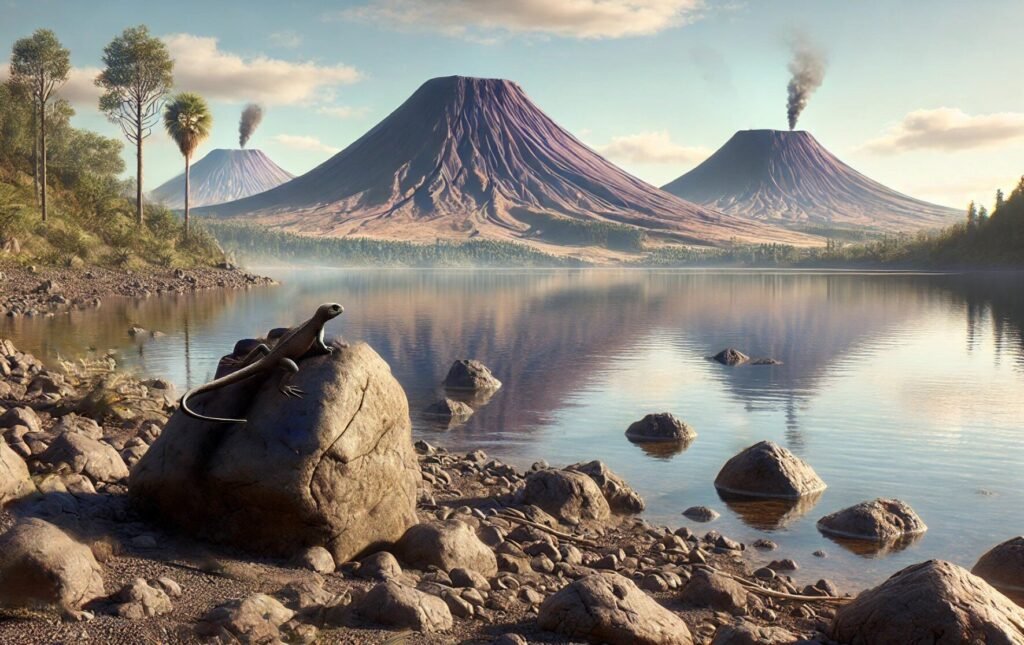
The East Kirkton Quarry is more than just the grave of Westlothiana. It is a fossil archive of early terrestrial ecosystems. Dozens of invertebrates—millipedes, scorpions, crustaceans—have been unearthed there, along with other early tetrapods. These include Silvanerpeton and Balanerpeton, whose fossilized bones hint at a complex, competitive community of land-adapted vertebrates.
These animals were not yet reptiles or amphibians in the modern sense. Instead, they are known as stem tetrapods—an evolutionary waystation between water-bound fish and fully terrestrial vertebrates. Their limbs were stubby but strong, their skulls flat and wide, their eyes likely positioned to scan for prey and predators above the water line. They probably hauled themselves onto land to bask, hunt, or escape danger—proto-pioneers of the great terrestrial conquest.
A New Place in the Family Tree
Where exactly does Westlothiana lizziae sit on the evolutionary tree? For years, it was informally nicknamed “Lizzie the Lizard” because of its apparent reptilian features. But Westlothiana is not a true reptile. Nor is it an amphibian. It occupies a position just before that split—a sort of evolutionary cousin to both, representing an early branch in the tetrapod lineage.
What makes Westlothiana especially intriguing is how modern it looks, despite its ancient age. Its skeleton is elongated, its vertebrae differentiated, and its limbs well-formed. Unlike its fishy ancestors, it lacks gills and fin rays. It might not have been a fast runner, but it could walk. And it could breathe air.
With its revised age, Westlothiana now becomes one of the oldest examples of these transitional animals. This pushes back the timeline for critical adaptations like air-breathing, limb development, and terrestrial locomotion. In doing so, it challenges long-held assumptions about the speed and geographic spread of tetrapod evolution.
Timing Evolution: Why Dates Matter
For evolutionary biologists, pinning down the “when” is as important as understanding the “what” and the “how.” Accurate dating allows scientists to correlate evolutionary events with changes in the environment—shifts in climate, oxygen levels, sea levels, and vegetation.
For example, if early tetrapods like Westlothiana emerged during a period of declining oxygen, it would suggest a resilience or even an adaptive advantage. If they appeared in synchrony with global warming events, it might point to ecological pressures pushing animals out of the water.
Garza’s radiometric dating gives researchers a new data point—an anchor in time around which hypotheses can orbit. “This is a keystone in understanding how and when vertebrates conquered the land,” says Dr. Elizabeth Catlos, a co-author of the study and an expert in geochronology. “With better timing, we can now start connecting the dots with climate proxies, paleobotany, and the broader geological record.”
Fossils, Chance, and the Future of Discovery
That a small fossil in Scotland could shake the foundations of vertebrate evolution is a testament to the power of curiosity, persistence, and interdisciplinary science. It also underscores how much remains hidden in the Earth’s crust—waiting not just to be found, but to be interpreted correctly.
Westlothiana lizziae may be ancient, but its story is freshly alive. It’s a story of a creature that stepped onto land millions of years before it was supposed to. A story of rocks that told time even when they weren’t supposed to. And of a young scientist who looked where others said not to bother—and found the missing chapter in the book of life.
Author’s Note: This article draws on findings published in PLOS One by Hector Garza and colleagues at the University of Texas at Austin and the University of Houston. The fossils are curated at the National Museum of Scotland. Their significance continues to expand with ongoing research into early tetrapod ecosystems and the geologic processes that preserve them.
Reference: Hector K. Garza et al, New U-Pb constraints and geochemistry of the East Kirkton Quarry, Scotland: Implications for early tetrapod evolution in the Carboniferous, PLOS ONE (2025). DOI: 10.1371/journal.pone.0321714
